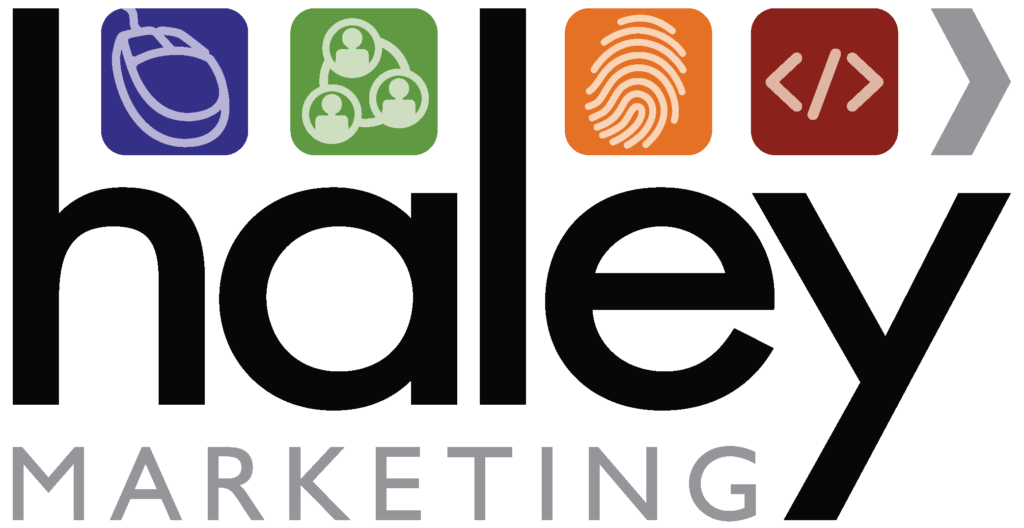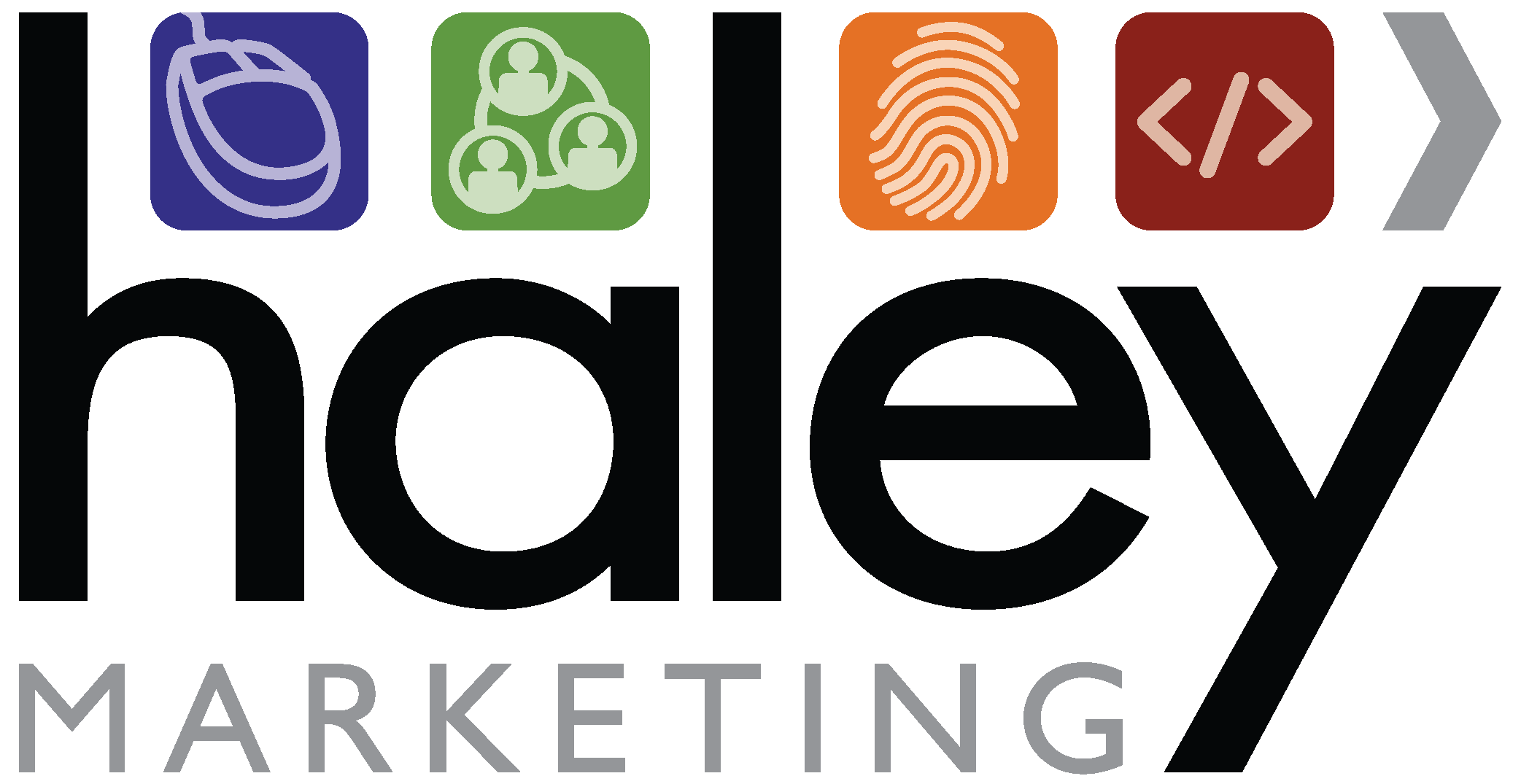To be or Not to be a Commodity
Introduction
We all see what we do as being unique. The construction company that builds stand-alone Walgreens’ drugstores probably considers each building as unique, but to Walgreens, every store is built to look like every other store. Each is a commodity built to hold their goods for sale to the public. The Sydney, Australia Opera House truly evokes a perception of uniqueness. It’s an engineered building unlike any other. When the PC was introduced more than 20 years ago, it was considered unique. If you bought one then you paid upwards of $10,000. Time has passed. Competition has increased. The PC has moved from unique to commodity. Profit margins have disappeared. What uniquely cost $10,000 now costs about $500.
This is the type of evolution that everyone in business goes through and has to deal with. The more you move from uniquely engineered to commodity status, the more your margins are going to depreciate. R. Sam Bowers, Jr., President and Founder of Service Sales Institute has said, “When you are an engineered product, the consumer looks to you for answers he doesn’t have. You are seen by others in relation to the dollars you save by the solution you bring. Once knowledge transfers from the seller to the buyer you’ve become a commodity. The consumer may feel they know everything they need to know about you. They begin to budget you and may refer you to a purchasing agent. You go from a solution-driven sale to a demand-driven sale.” Price becomes the primary determinant in choosing whether or not to use your company.
Is it possible to regain your uniqueness? Is it possible to exist profitably as a commodity purchase? Can your staffing service do both? Strategically positioning your staffing service is the subject of this article.
Benefits
- Selecting the right targets for solution-based selling will keep your staffing service directed towards a goal worth achieving. It will keep you from spinning your wheels and wasting time and effort.
- Employing a commodity sales approach will allow you to “cut the strings” and reduce costs so you can land low-margin business and maintain reasonable profits.
- Strategically positioning your staffing service to handle both solution and commodity-driven sales can maximize your market share and your bottom line. This approach can be the most difficult to implement but can achieve great results.
Toolkit
This Toolkit contains:
- An Action Plan to help you:- Identify targets for a solution-selling approach.- Explore the best alternatives for reducing costs in a commodity sales situation.- Provide examples of the types of buyers to approach and the kinds of issues each deals with.
- An Implementation Plan:- For a solution-driven sales approach- For a commodity-driven sales approach- For a strategically-driven sales approach
- Forms- A graphic display of client movement from solution-based to commodity-based buying.
Action Plan
Solution-based Sale
You can re-position your staffing service away from commodity characteristics simply by changing who you are selling to. You can change your market and your level of contact. Begin to think about how you can take what you do and make it more solution-driven. Do this, even if your approach is only a way to get you in the door to sell what the buyer could ultimately perceive as a commodity.
To accomplish this you must stop approaching tactical buyers like Human Resources reps and start approaching buyers who have the kinds of problems your staffing expertise can solve. Consider businesses or industries in your market doing well but where outside staffing services might not be regularly used. Let me give you two examples:
- A mid-sized legal firm was expanding heavily into the foreclosure area. A great deal of paperwork was generated with each transaction. The law firm did not have the space to employ sufficient personnel and were reluctant to use their highly paid administrative/paralegal staff to prepare simple forms as this created a cost too high to easily pass on to their customers. A solution-driven staffing service discovered this problem during a call on the managing partner.
Solution: A short (5 – 9 PM) second shift managed by a paralegal and using temporaries recruited from the student body of a local law school.
Mark-up: 73%
Customer: Very satisfied
Profit: Very nice!
- A small waste-management firm was experiencing significant turnover in technicians used for lab work for approximately six months out of the year. The other six months the company attempted to keep these technicians on in an administrative support capacity. Dissatisfaction was causing turnover and lots of expense to the firm. This problem was uncovered by a solution-driven staffing company during a visit with the VP of Operations.
Solution: Future lab techs were placed as temporaries through the staffing service thus eliminating unemployment insurance costs and unnecessary benefit payments.
Mark-up: 57%
Customer: Happy
Profit: Considerable
Buyers such as small business owners, operational and department managers, production supervisors, project managers, and people who have responsibility for profits and who experience problems that involve staffing are all prospects for solution-driven selling. You must create uniqueness through the expertise you demonstrate in solving the problems that affect this type of buyer.
- Make a list of the companies and industries in your market that you can approach. (You’re probably doing business with some of them right now, but there may be individual buyers within each company you need to see to uncover problems that require a solution selling approach.)
- Discuss with others in your staffing service past situations when you have uncovered and solved specific problems. Review your list to see if there are clients or prospects where similar problems might exist that allow you to provide a similar solution.
- Create sample questions that could be used with buyers to uncover circumstances where the solutions you offer ultimately produce high profit business.
- Gear your marketing to these customers and prospects in a way that positions your company as a problem solver and educates the buyer that yours is the firm to use to resolve staffing issues. (Blatant Sales Pitch: If you’re not using them yet, Haley Marketing Group is an expert at doing this!)
Commodity-based Sale
Commodity-based selling works best in large companies that are volume users of staffing services. If large companies have sufficient staff to come up with ideas – and they generally do – outside companies coming in with unique solutions can be seen as a threat. You might be treading on dangerous ground. When you are dealing with someone who has a budget (purchasing or HR) you are probably on the commodities side of selling. Therefore, if you are pursuing budgeted money, you must absolutely minimize sales costs, minimize overhead and reduce the cost of selling. You can recognize this move from solution-based selling to commodity selling when you move from dealing with the department level buyer to dealing with the buyers in HR or purchasing. This type of buyer looks for a staffing provider capable of meeting the company’s staffing specifications in a “technical” sense. For instance, can you provide the categories of personnel required, will you respond within a certain time frame, etc. Once the “technical” specifications have been met, the buyer will inevitably select the staffing service to be used, based on the best price.
When you compete for this type of business, look to eliminate unnecessary expenses like:
- Orientation programs (unless they are required in the technical specifications)
- Giveaways to the client like mugs, t-shirts, etc.
- Lunches or client entertainment
- Special reports on staffing usage
- Gifts at holiday time
- Holiday or thanks-for-your-business cards
Once the commodity client is on board, the account should be supported by service reps, not sales reps. Paying commission on sales to this type of customer is too expensive. You need to have service personnel oversee the daily transactions to keep your costs down and to maintain reasonable margin dollars. You can make a profit with this kind of business but you must strip away every unnecessary expense.
- Make a list of those firms in your market that are large, volume users of staffing services.
- Call on these accounts to find out the process you must go through to be considered as a staffing vendor. Whether a company uses a formal RFP (request for proposal) or a less formal process, the decision of a volume user is heavily slanted in favor of the lowest priced vendor. Buying staffing services is placed in the same category as buying any other commodity. If you meet the basic requirements (technical specs), low price wins.
- Examine your operation to eliminate every extra, not absolutely needed or required to service a high volume account. Cut every string. It’s time to operate lean and mean!
Strategically-driven Sale
If you choose to support this type of operation, you must be able to incorporate both solution-driven sales and commodity-driven sales. It’s probably wise to create specialists within your staffing company to handle each type of activity.
- Decide what part your outside sales reps will play (if any) in approaching volume staffing users. You may choose to have them open the door to uncover the process used by the prospect in vendor selection. The outside reps could then hand over the entire bidding, follow-up and service process to management and your service personnel. Or you may select a “specialty team” of service personnel who make the initial contact, prepare pricing with your guidance, handle any follow-up and service those accounts they are able to secure using this commodity pricing approach.
- Keep your high-margin, solution-driven sales personnel away from commodity accounts. Their costs preclude their day-to-day involvement. Once you meet-not exceed-the buyer’s minimum expectations, your lower cost will land you this business and it does not require highly compensated sales people for support.
- Use your outside sales people in all solution selling situations. Make them responsible for developing those high margin accounts where providing uniqueness allows you to charge premium rates.
- Support this higher margin business with those service reps you employ who are committed to filling each order with the “perfect” candidate.
Implementation Plan
Solution-based Sale
Step 1
Using the list of companies you have created for a solution-driven sales approach, decide by title who within each firm you want to contact.
Step 2
Call to get the name of the person you have decided you want to deal with.
Step 3
It’s wise to consider marketing to this type of buyer first. It helps position your company and will make the prospect more amenable to your call when you contact them to set an initial appointment.
Step 4
Be prepared to ask insightful questions during those first contacts to uncover and develop problems the contact is facing.
Step 5
Offer solutions that demonstrate the unique expertise you and your company represent.
Commodity-based Sale
Implement your action plan for this sales approach using the following:
Step 1
Decide who in the company will:
- Uncover the decision process used by the large-volume accounts you will be targeting.
- Prepare the paperwork necessary to demonstrate that your firm can meet the “technical” specifications each user requires.
- Create the pricing model you will use to bring your hourly bill rates to the lowest possible numbers.
- Submit each proposal and “shepherd” the quote until a decision is reached.
- Service each account when you are selected as the primary vendor within the boundaries of the technical specifications you have agreed to.
Step 2
Before pricing is set-in fact, even before you approach your first prospect, be sure you have stripped every possible expense from this category of sale.
Step 3
Constantly monitor the expenses in this category so that unnecessary “extras” don’t start creeping in. Your margins in commodity selling are razor thin but will produce profit if your servicing stays within the minimum requirements of the client.
Strategically-driven Sale
To implement this strategy simple use both implementation plans already detailed; but, it is strongly advised that separate service personnel provide the support each plan requires.













